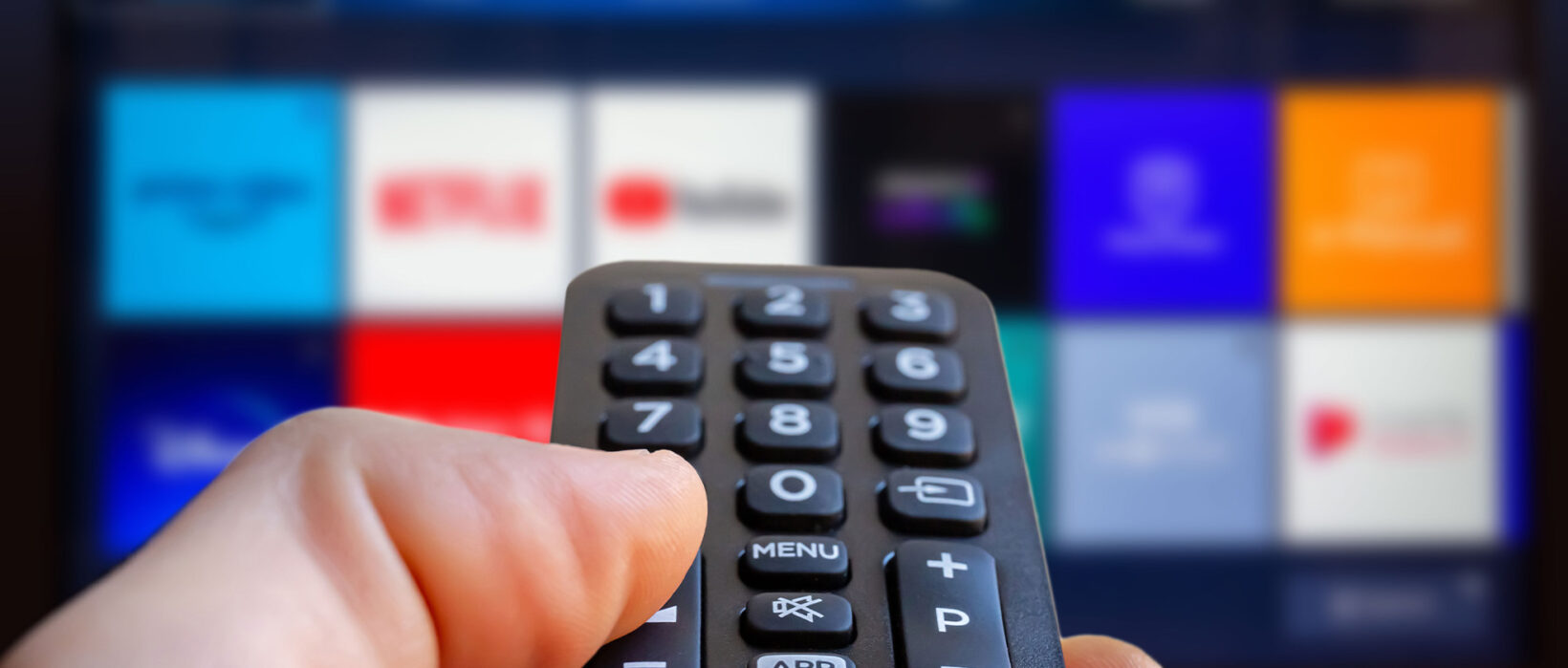Is there still enough muscle in media advertising?

Changed marketing, and especially changes in media consumption, make it easy to think about the effectiveness of media advertising. Does anyone notice advertising anymore? Is advertising cost-effective anymore? Have the required investments gotten out of hand? Dagmar has studied well over 1,000 marketing campaigns this millennium, so luckily there are answers available. Ville Rekula and Outi Hämäläinen compiled the most important ones.
Is the effectiveness of advertising waning?
When comparing the results from the early 2000s to the present day and taking into account the rising cost of living, six significant findings emerge from the research data.
- The decline in attention ratings has stopped
The overall attention of campaigns has decreased slightly during this millennium, but over the past five years the decline has stopped completely. We can no longer talk about the decline in campaign perception as a general trend. - Real budgets for media advertising have decreased, but attention value is now available at a lower cost
Although media budgets have risen in euros since the early 2000s, the growth compared to the Cost-of-living Index is only about half. In other words, campaign budgets have clearly decreased in real terms. The same observation can be obtained when looking at the amount of euros needed on average to get one attention value percentage in a campaign. In practice, therefore, achieving attention is cheaper now than at the beginning of the millennium. - The attention gained through TV advertising is now slightly cheaper than it was more than 20 years ago.
The relative importance of television as the main media for campaigns has decreased somewhat, but it still generates most of the attention – and thus continues to receive the largest share of media budgets. - The cost-effectiveness of print has increased
In the early 2000s, print was still in its golden age and competed with television for the number one position in allocating media budgets. In the first decade of the 2000s, seeking attention from print may have been the most valuable, but print advertising in the 2020s is already very cost-effective compared to other media. - The price of attention value in digital media has remained stable
In the campaigns studied by Dagmar, digital media has become the second largest media after television, surpassing print. Of all media, it has kept its price of attention value stable relative to the cost-of-living index. - Radio’s attention values and cost-effectiveness have started to grow
The attention values and cost levels of commercial radio advertising remained very stable during the first couple of decades of the 2000s, but over the past three years, the attention values of radio and thus also cost-efficiency have started to grow.

What can we conclude from these findings? Does advertising still work? :)
The formula for effective advertising may have changed, but advertising still works and good results can be achieved – when we invest in increasing new understanding. In recent years, we have started to invest heavily in the content of marketing communications and channel optimisation, and we have learned to utilise data better and better in assessing the effectiveness of advertising.
The decrease in real budgets for media advertising describes the change in marketing. Increasing shares of the total marketing communications budget are allocated to, for example, the development of own channels, content, partnerships or development work. The role of media advertising has changed in this respect.
The change in media consumption is clearly visible in the observations. In a way, the significant decline in readership and attention ratings in traditional print has turned in the advertiser’s favour and is reflected in increased cost-efficiency. With demand waning, there is no room for premium pricing. The consumption of linear TV has decreased, but as a means of advertising it is still difficult to replace for the time being. The change in media consumption has not affected radio listening, such as radio listening. Print media, but commercial radio seems to have been finding its place as part of multichannel marketing communications for a while. The upturn in radio’s attention ratings possibly indicates that a working combination has been found.

What should we understand in order for advertising to continue to work in the future?
Even good advertising doesn’t work if it’s not noticed. But although a high attention value is a prerequisite for effective advertising, it is not sufficient as an indicator. In addition to attention value and traditional media indicators, people have started to talk about the impact of advertising and building impactful encounters.
There is no single definition of impact, but through Dagmar’s 50 years of experience and research data, it can be defined, for example, as follows: An impactful encounter is noticed, it creates the desired emotional state or action in the target group, and it produces results in terms of business either immediately or in the long term.
In order to continue planning effective marketing communications, we need to pay more and more attention to how we measure impact in addition to attention value and other key figures.
It must be possible to set measurable goals for effectiveness and make predictions about it.
It seems strongly that we need one more KPI.
SOURCES:
Dagmarin kampanjatutkimustietopankki
Tilastokeskus (inflaatioluvut)
AUTHORS

Outi Hämäläinen
Strategy Director, Brand Communication and Media

MORE ON TOPIC
-
 LUMENE’s media mix was optimized by modeling salesDagmar helped LUMENE identify the factors affecting sales. Based on the information, the level of…See our work
LUMENE’s media mix was optimized by modeling salesDagmar helped LUMENE identify the factors affecting sales. Based on the information, the level of…See our work -
 Helen’s renewed brand’s first tactical campaign: The lowest CPA of the year generated 30% of the month’s salesWhen Helen‘s new “It’s Energy” brand concept was followed by the first tactical campaign based…See our work
Helen’s renewed brand’s first tactical campaign: The lowest CPA of the year generated 30% of the month’s salesWhen Helen‘s new “It’s Energy” brand concept was followed by the first tactical campaign based…See our work -
 Satisfaction with the immediate results of marketing is an optical illusionAdvertising is the best business case when it generates cash flow both tomorrow and for…Read the blog
Satisfaction with the immediate results of marketing is an optical illusionAdvertising is the best business case when it generates cash flow both tomorrow and for…Read the blog